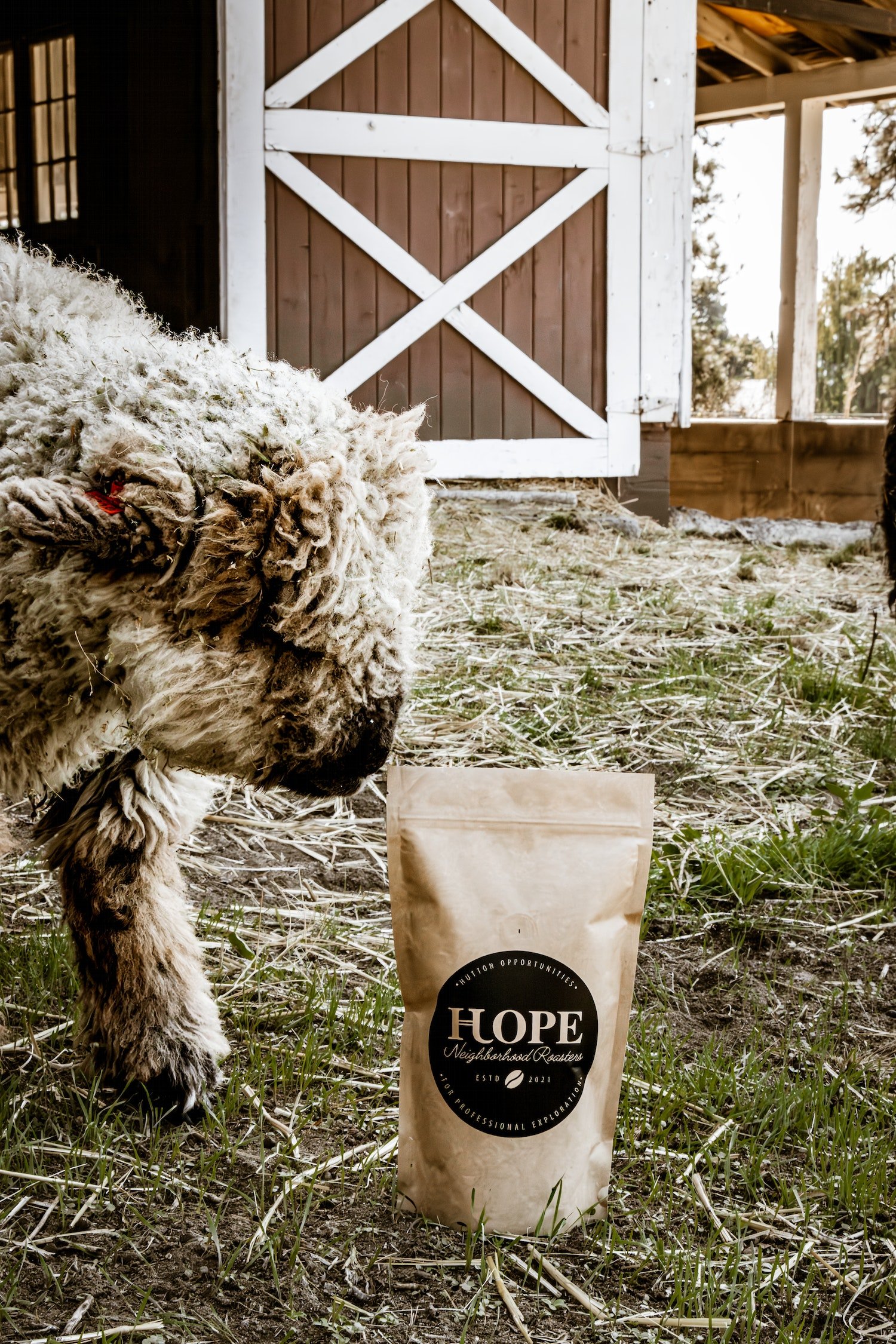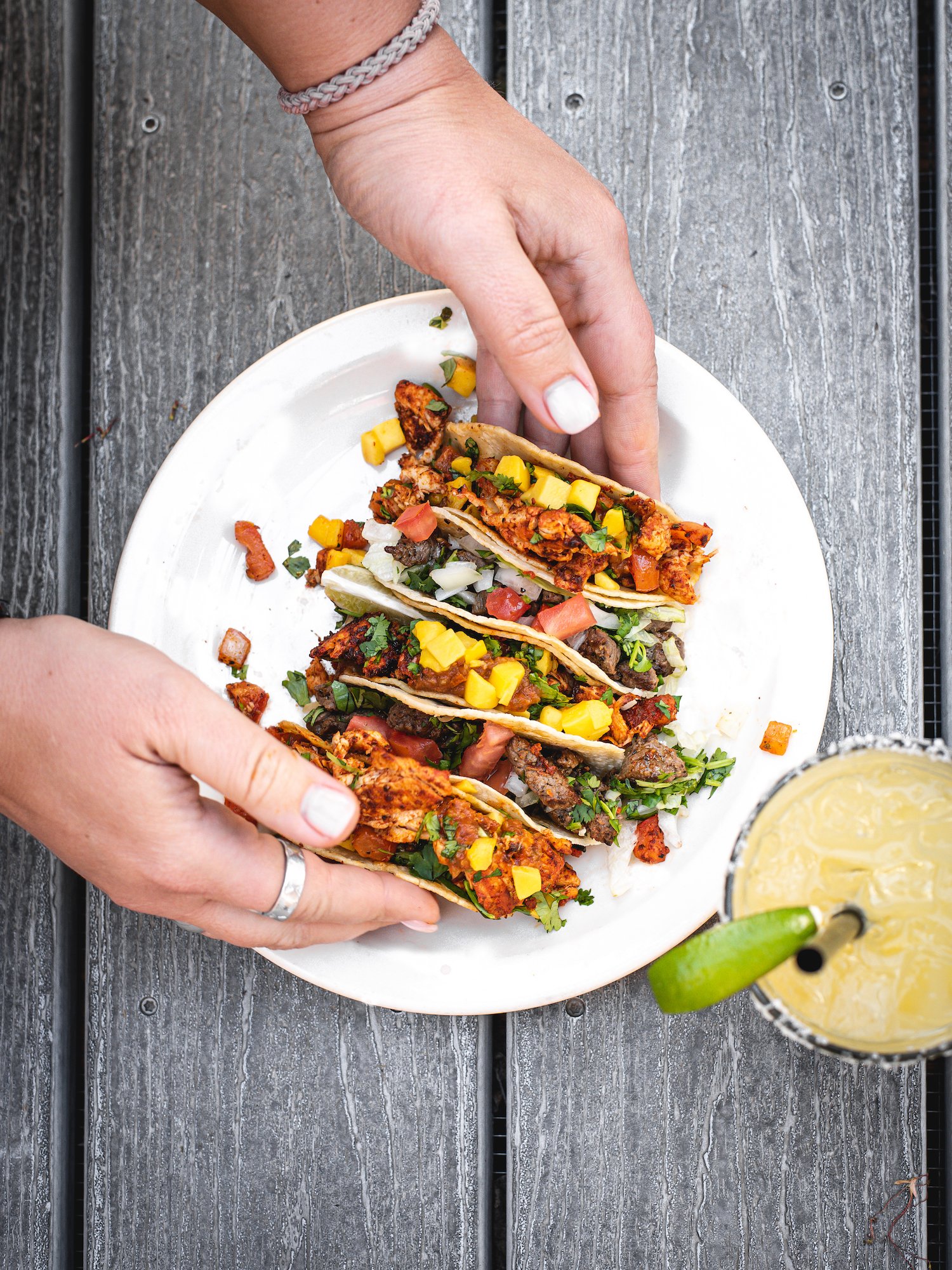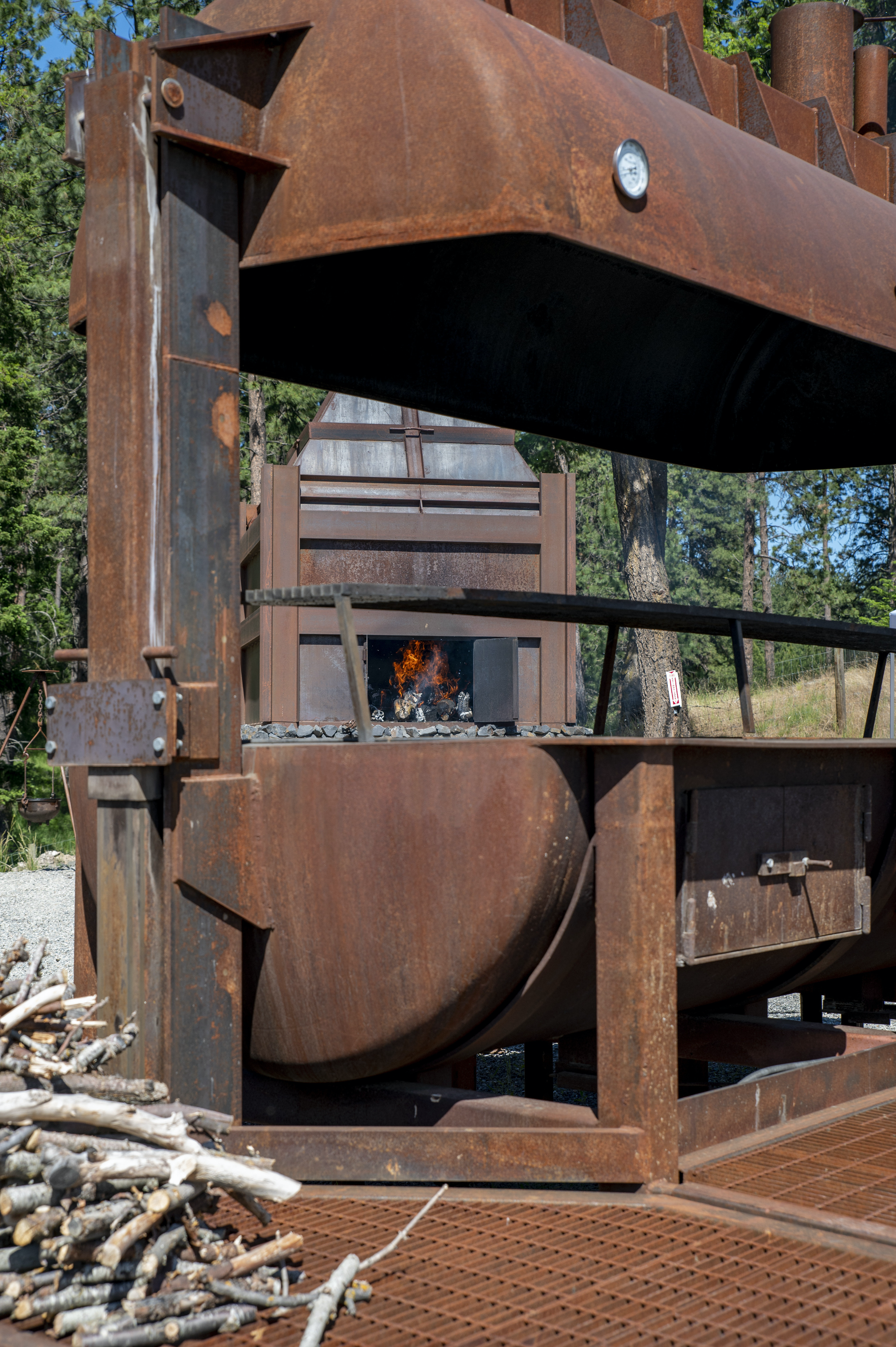Fighting Hunger with Inland Northwest Food Banks
Fighting Hunger with Inland Northwest Food Banks
BY CARA STRICKLAND PHOTOS COURTSEY OF SECOND HARVEST AND NORTHWEST HARVESTWhen you think of a food bank, I’m guessing you don’t picture anything the size of the warehouses at Second Harvest in Spokane. Apparently, that’s quite common, Eric Williams, the Community Partners Director, tells me as he shows me around. “Most people have no idea of the scale we’re dealing with.”
He walked me through cavernous stacks of pallets with everything from canned tuna to bottled water organized meticulously. At many points in the day, forklifts buzz, and trucks unload their bounty, adding to the raw materials at hand at any given point. Picture an IKEA-sized area dedicated to storing food and you won’t be too far off.
There’s a reason they need the space. In 2021, Second Harvest, which is affiliated with Feeding America, worked with 280 partner organizations in 26 counties in Washington and North Idaho to distribute 33,287,818 meals. That number is down from peak pandemic numbers in 2020, when the food for 43,982,560 meals breezed through the warehouse.
The food comes from farms and manufacturers, some of it is rescued from grocery stores or harvested from someone’s backyard garden. Some of it is donated, while Second Harvest is able to purchase other items, often commanding a better price than an individual could, inflation notwithstanding.
From there, most of the food goes to partner organizations—places like the Salvation Army, the MLK Center, and the Women and Children’s Free Restaurant. Some of these function like traditional food pantries—where people can come and receive groceries, and others are meal sites where people can come for prepared or grab and go food. While Second Harvest might come to mind when you think about a food bank, if you are hungry, you’re much more likely to connect with one of these organizations, while Second Harvest works, in concert with others, to make sure the right food is where it needs to be at the right time.
Second Harvest also has a couple of programs it runs, one called Mobile Markets, which sends a retrofitted city bus into an area, packed fully with food. The goal is to return empty. During the school year, another program Bite2Go, focuses on giving school-aged kids single serving snacks to get them through the weekend. Williams took me across the parking lot to show me the 13,000 feet of warehouse space specifically dedicated to this program. “Brand names are especially important to kids,” he tells me, reminding me of younger days when I’d see my peers eating a Lunchable and burn with jealousy. I love the idea of giving kids something that not only fills them physically, but perhaps lets them feel more confident among their peers. As a child, I know that can fill you in an equally important way.
Some of these same thoughts came up while I toured Northwest Harvest’s warehouse in Spokane Valley with volunteer coordinator Mary Dombrowski. Northwest Harvest is a much smaller player on the east side of the state, and an independent organization, but they perform many of the same functions as Second Harvest, connecting food and other consumable items with the organizations on the ground working with families and individuals who need them.
In Seattle’s SoDo, Northwest Harvest operates a free grocery store—very intentionally setting up the space to seem like any other store. “That really embodies who we’re trying to be—giving folks the power of choice,” says Dombrowski. It’s all part of a move away from the charity model which has been a part of food insecurity for so long and more connected with some of the other values of Northwest Harvest, which include advocacy to legally codify nutritious, culturally appropriate food as a human right in the state of Washington. “We’d love to work ourselves out of a job,” she says. In the meantime, there are plans for at least one more free grocery store, in Yakima, with possible others to come.
Second Harvest and Northwest Harvest share more than just part of their names, however. At the end of the day, their missions are similar—to work against food insecurity in our communities. Each organization handles staggering logistics to make sure that they are giving their partners food that will be distributed while it is safe to eat, offering as much variety as possible, and tailoring to the needs of individual partners, who often know best what their constituency is interested in eating.
I’m guessing you never reached for a bag of masa for a food drive, and it’s possible that you didn’t think about whether pop tops would be most useful for someone who might not have a can opener. While those food drives are certainly useful, along with other individual donations, it takes a dedicated team to work on the kind of scale these organizations deal with every day.
It’s so easy to think about food insecurity as being something that happens to other people, but the truth is that 1 in 8 people and 1 in 6 children experience it. It’s likely that you know people who are hungry, you might even be hungry yourself at some point or another. Hunger is universal, even if it doesn’t last as long for some as others, and in this time of inflation and recession, everyone is skating closer to hunger than we might like. Maybe you’re shopping sales, or utilizing your freezer, maybe you’re more mindful of your leftovers and food waste.
Second Harvest
While I was initially blown away by the sheer vastness of scope in these organizations, it was impossible not to see the care present in every interaction. From Williams’ comment about ensuring kids have brand name snacks and how backyard fruit trees offer the gift of variety, to Dombrowski talking about the ways their partners communicate the needs and desires of their patrons so that they can find food that will bring delight, along with fullness, it’s evident that they aren’t looking at people based on what they do or do not have, at least, not from my perspective, nor are they checking a box. In so many ways, these are the same stories we tell every issue of these magazine, albeit often from a much more privileged place.
“Food is so much more than calories and nutrition,” says Dombrowski. “It's empowerment, freedom, culture, comfort—it literally becomes who we are. It can be all those wonderful things or it can be a form of oppression or colonialism.” Is it any wonder that food consumes us in the ways it does? It was never simply about fuel, about getting from one day to the next. For the vast majority of us, food opens the door to a storehouse of stories, feelings, and hopes.
As we enter into a season of traditional thankfulness and festivity, I’m hoping that we all accept the invitation to change our lenses. Like Second Harvest, and Northwest Harvest, I hope we’ll back up and see the need for systemic and policy changes in the realm of food justice. I also hope we’ll step in a little closer, maybe we’ll tune in to the Little Free Pantries movement (which has a thriving Spokane Facebook group), and see where we can make a difference as individuals. Maybe we’ll connect with one of these organizations, or their partners, to see where we might be of service. Maybe we’ll look around in our own communities and learn where to go to help our people find what they need to make it through a challenging time. Most of all, whether we feast grandly, or with some restraint this season, I hope we will remember what we share in common with all people—each day we are hungry, hoping to be filled to the brim with something that will satisfy us.
Please visit 2-harvest.org and northwestharvest.org for more information on these organizations.
Northwest Harvest















